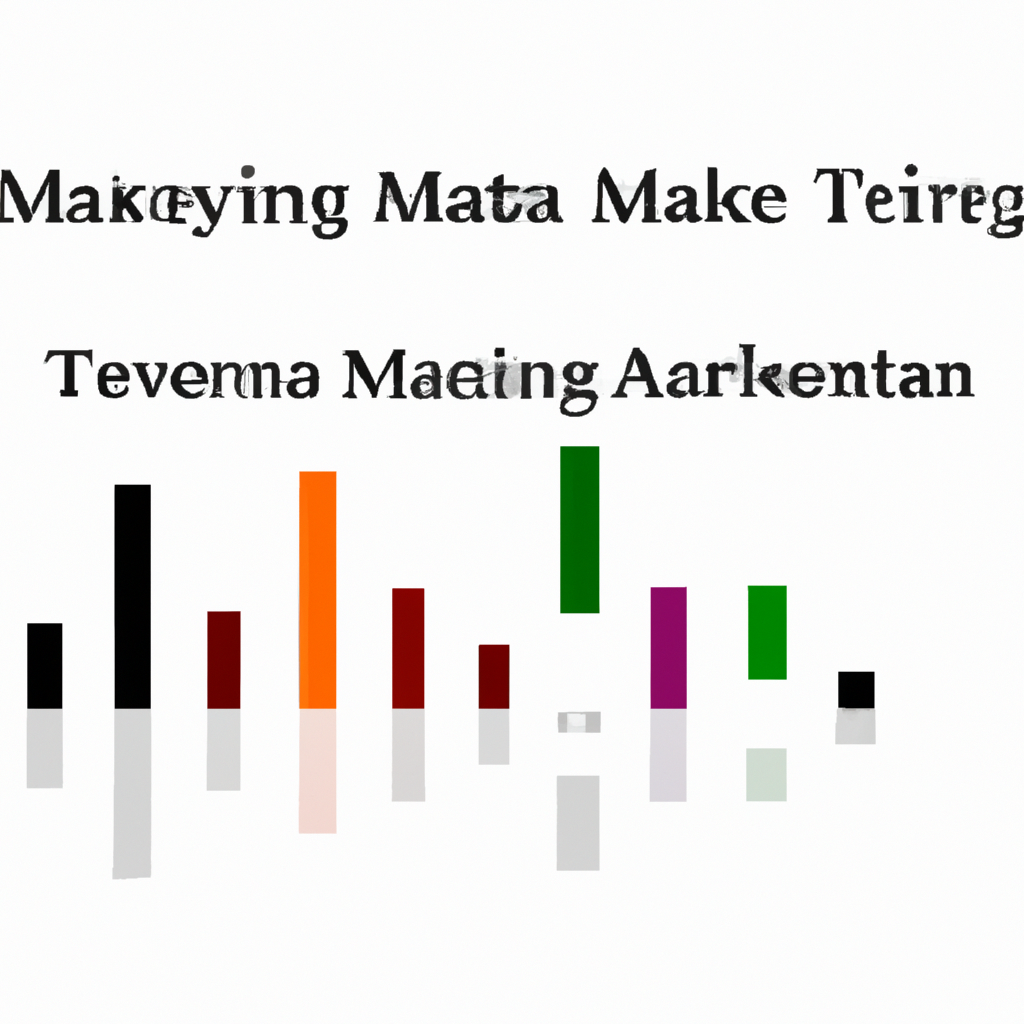
Event-driven Market Analysis
What is Event-driven Market Analysis?
Event-driven market analysis is a type of analysis that focuses on the impact of specific events on financial markets. These events can include economic indicators, corporate earnings reports, geopolitical events, and more. By understanding how these events can influence market movements, traders and investors can make more informed decisions.
Why is Event-driven Market Analysis Important?
Event-driven market analysis is important because it helps traders and investors anticipate and react to market movements before they happen. By staying informed about upcoming events and their potential impact on the market, individuals can make more strategic investment decisions and minimize risks.
Steps to Conduct Event-driven Market Analysis
1. Identify Key Events
The first step in event-driven market analysis is to identify key events that could impact the market. These events can include economic releases, earnings reports, central bank announcements, and geopolitical developments.
2. Research the Event
Once key events have been identified, it is important to research each event to understand its significance and potential impact on the market. This may involve analyzing historical data, reading expert opinions, and staying updated on news developments.
3. Analyze Market Reactions
After the event has occurred, it is important to analyze how the market has reacted. This may involve monitoring price movements, volume changes, and other indicators to assess the market’s response to the event.
4. Make Informed Decisions
Based on the analysis of the event and market reactions, traders and investors can make more informed decisions about their investments. This may involve adjusting positions, entering new trades, or exiting existing positions based on the event’s impact.
Conclusion
Event-driven market analysis is a valuable tool for traders and investors looking to stay ahead of market movements. By identifying key events, researching their impact, analyzing market reactions, and making informed decisions, individuals can navigate market volatility and maximize their investment returns.





